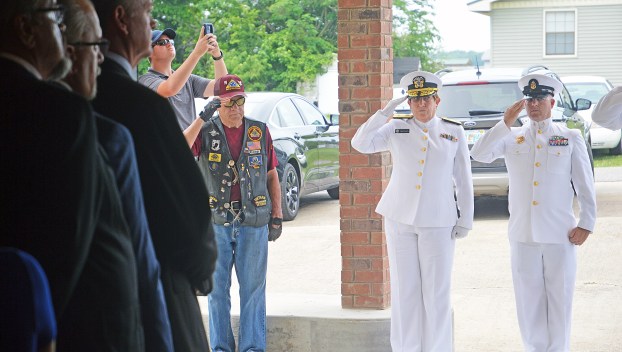
Lifestyles
Hometown Heroes: Edgar David Gross
Edgar David Gross was born Oct. 25, 1901, in Athens to George Adams and Susan (Ray) Gross. He ... Read more

Edgar David Gross was born Oct. 25, 1901, in Athens to George Adams and Susan (Ray) Gross. He ... Read more

Dozens of people gathered Monday at Cherry Grove Baptist Church to bid farewell to a man most of ... Read more

The long-awaited burial of a Limestone County native killed in Pearl Harbor will happen on Memorial Day, a ... Read more

Growing up, Stephen Gross’ grandparents had a Saturday night tradition that Gross enjoyed whenever he visited them in ... Read more

A family’s yearslong journey to reclaim the remains of a Limestone County man killed at Pearl Harbor took ... Read more